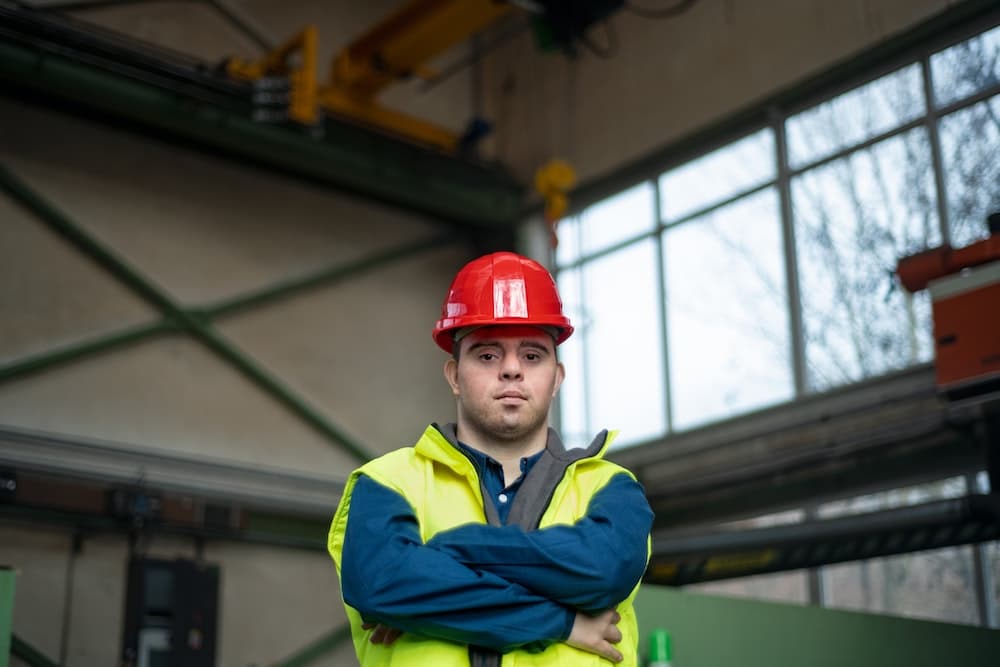How to Integrate Smart Thermostats in Residential Real Estate for Enhanced Energy Management?

As homeowners and property managers increasingly seek ways to improve energy efficiency and comfort in homes, the integration of smart thermostat technology has emerged as a compelling solution. Smart thermostats are intelligent devices that allow homeowners to control heating, cooling, and overall energy management in their properties, all while increasing comfort and enhancing temperature control. In this article, we’ll delve into how you can integrate smart thermostats into your residential real estate for optimized energy management.
The Benefits of Smart Thermostats in Energy Management
Before we delve into how to integrate smart thermostats, let’s examine why they’re a beneficial addition to any home’s HVAC system. These devices are equipped with advanced technology that provides several benefits in terms of energy management, temperature control, and overall comfort within homes.
Avez-vous vu cela : What Are the Effective Solutions for Managing Shadow Flicker from Wind Turbines in Residential Areas?
Smart thermostats allow you to control your home’s heating and cooling systems remotely using your smartphone or other devices. This means you can adjust the temperature in your property without even being there, which can greatly increase energy efficiency. For instance, if you forget to turn your heating system off before leaving your home, you can simply do it remotely using your device.
Moreover, these thermostats can learn your routines and habits over time. They will adjust the temperature to your preferred settings when you’re about to arrive home and switch off when you leave, thus preventing unnecessary energy consumption.
A voir aussi : How to Facilitate Cross-Ventilation in High-Rise Apartment Designs for Natural Cooling?
By using smart thermostats, property owners can achieve significant savings in energy costs. According to a report by the U.S. Department of Energy, homeowners can save up to 15% a year on heating costs and up to 12% on cooling costs by simply lowering their thermostat by 7-10 degrees Fahrenheit for 8 hours per day. Smart thermostats can automate this process, ensuring optimal energy savings.
Choosing the Right Smart Thermostat for Your Property
The first step in integrating smart thermostats into your residential real estate is choosing the right device that aligns with your property’s needs and your personal preferences. When evaluating different smart thermostats, some key factors you should consider include compatibility with your current HVAC system, the device’s energy-saving features, and its ease of use and installation.
Compatibility with your current heating and cooling system is the most critical factor to consider. Not all smart thermostats work with all HVAC systems. Make sure to check whether the device you’re considering supports the type of heating and cooling system you have in your property.
The energy-saving features of the device are also a crucial consideration. Look for a thermostat that offers features such as learning your habits to adjust the temperature automatically, offering energy consumption reports, and providing tips for improving energy efficiency.
Lastly, consider the device’s ease of use and installation. Some smart thermostats require professional installation, while others can be easily installed by the homeowner. Additionally, ensure the device’s interface is user-friendly and comes with a comprehensive manual.
How to Install a Smart Thermostat in Your Home
Once you’ve selected the right smart thermostat, the next step is to install it in your home. While the exact process depends on the make and model of the thermostat, below are the general steps involved in the installation process.
Start by turning off the power to your heating and cooling system to ensure safety. Next, remove your old thermostat but make sure to take a picture of the wire connections to assist in connecting your new thermostat. Then, install the mounting plate of the smart thermostat on the wall by screwing it into place.
After this, connect the wires to your new smart thermostat based on the picture you took earlier. Once the wires are connected, attach your new thermostat to the mounting plate. Finally, turn the power back on and follow the device’s guide to set up the thermostat on your Wi-Fi network and configure its settings.
Integrating Your Smart Thermostat with Other Smart Devices
For enhanced energy management and home automation, you can integrate your smart thermostat with other smart devices in your home. By doing so, you can control all your smart devices through a singular platform, making your life easier and your home smarter.
There are many smart home systems on the market today that are compatible with smart thermostats, such as Amazon Echo, Google Home, and Apple HomeKit. These systems allow you to control your smart thermostat using voice commands, adding an extra layer of convenience.
Additionally, some smart thermostats can be integrated with smart lighting systems, smart plugs, and smart window blinds. For example, you can program your blinds to close when the thermostat detects that the temperature inside your home is rising, helping to keep your home cool without over-relying on your cooling system.
In conclusion, integrating smart thermostats into your residential real estate is a practical and cost-effective way to enhance energy management. It not only helps you save on energy costs but also improves the comfort of your home. With the right device and proper installation, you can take full advantage of the benefits offered by this smart home technology.
In-Depth Analysis of Smart Thermostats for Enhanced Energy Management
To enhance energy management in residential real estate, it is important to understand the underlying technology and capabilities of smart thermostats. These devices use sensors and algorithms to monitor and control heating cooling processes, making them an essential part of a smart home.
Smart thermostats use a combination of sensors, algorithms, and Wi-Fi technology to control the HVAC systems in a home. They monitor indoor and outdoor temperatures, user preferences, humidity levels, and even the homeowner’s location (using geofencing technology) to optimize temperature settings and energy usage.
These devices provide real-time data on energy consumption and HVAC performance, making it easier for homeowners to monitor and manage energy usage. They also allow users to establish temperature schedules based on their daily routines, thus contributing to more efficient heating cooling processes.
Smart thermostats also have the ability to connect with other smart devices in the home, such as lighting systems, smart plugs, and home security systems. This interoperability increases the potential for energy savings by coordinating energy use among various devices and systems.
For instance, a smart thermostat can be set to lower the heating when the smart blinds detect sunlight, or it can adjust the temperature when the smart security system indicates that the home is empty. Such synchronized operation among smart devices can significantly enhance overall energy efficiency and result in substantial cost savings.
Moreover, recent advancements in artificial intelligence and machine learning have further improved the functionality of smart therapeutics. They can now learn the patterns of the household, adjust to changes, and optimize the settings for maximum comfort and minimum energy consumption.
Conclusion: Smart Thermostats and the Future of Residential Real Estate
The integration of smart thermostats in residential real estate signifies a shift towards more energy-efficient and intelligent homes. Not only do these devices provide homeowners with an unparalleled level of control over their environment, but they also contribute to significant energy and cost savings in the long run.
By utilizing smart technology, homeowners have the power to transform their properties into energy-efficient spaces, setting a new standard in residential real estate. As awareness and understanding of these devices grow, more homeowners are expected to adopt smart thermostats, contributing to a broader shift towards energy-efficient homes.
In the future, we can expect to see further advancements in smart thermostat technology, including more sophisticated learning algorithms, improved integration with other smart devices, and even the ability to predict and respond to shifts in the energy market.
The integration of smart thermostats is a crucial step towards achieving our energy-efficiency goals and creating a sustainable future. With the right device, proper installation, and a comprehensive understanding of its functionalities, homeowners can leverage this smart technology to optimize their energy management, reduce their environmental footprint, and enjoy a comfortable and cost-effective living environment.
